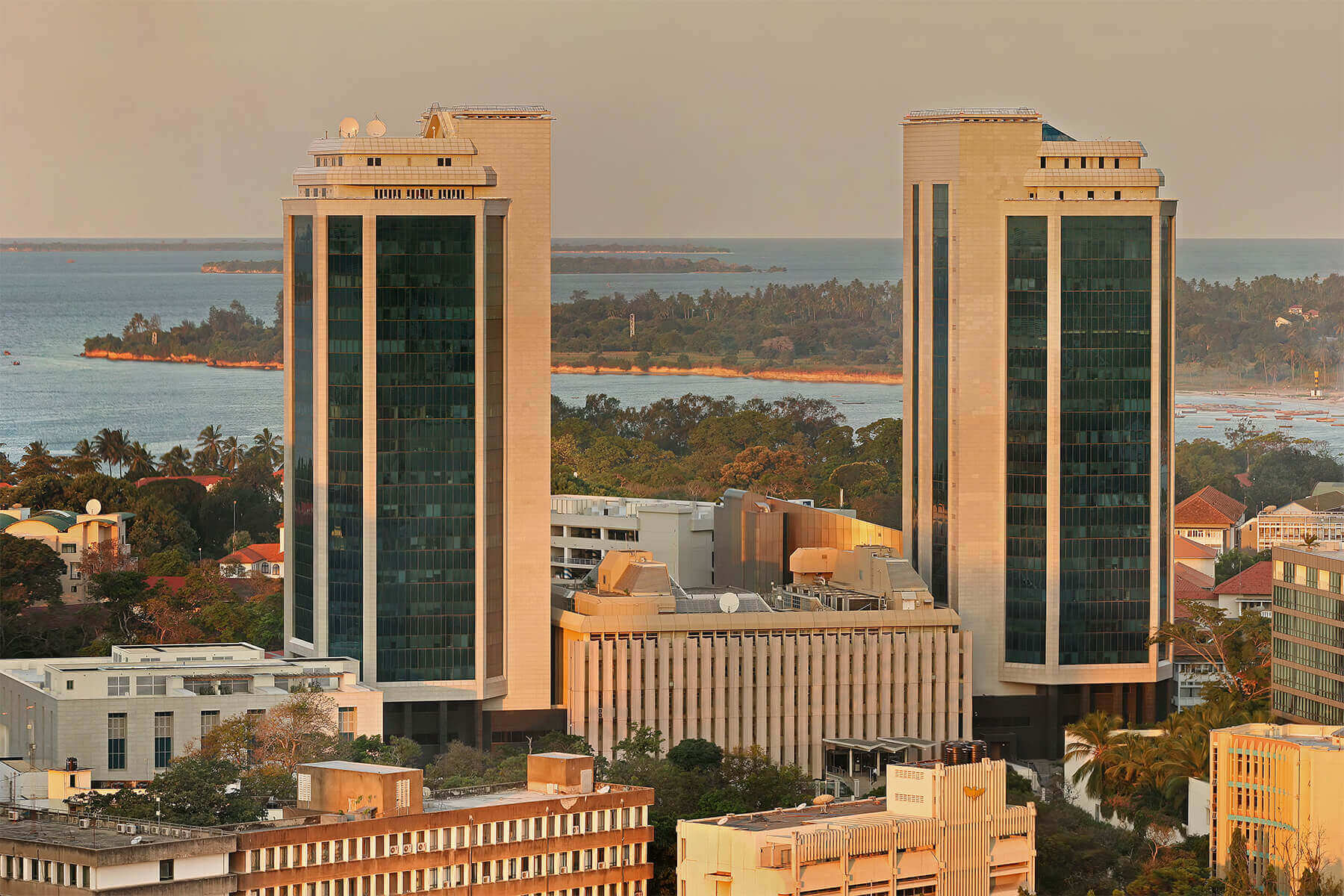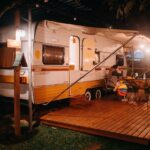There is literally nowhere in the world that is quite like Africa. This possibly applies to Tanzania more than its close neighbors. There is something special about Tanzania, the land, the sea, and the sky. Everything seems bigger and wilder. Everything begs to be explored.
That’s what makes it perfect for a Safari, that and its thousands of acres of safari parks of course.
Tanzania is a land right on the edge. Wildebeest marching across the dusty planes, submerged hippos still as rocks, and herds of elephants taking a stroll by the local watering hole. Tanzania is the apex of wildlife spotting opportunities. Whether you take a boat safari or venture out in a jeep you are bound to see something spectacular and raw and beautiful.
But when is the best time to visit Tanzania? This country, which is as diverse as the wildlife that populates it, has varying seasons and each of them has pros and cons. Tanzania is worthwhile seeing at most times of the year, but to make sure that you get the very best from your safari experience, we are setting out to give you a comprehensive guide to when you should visit Tanzania for your once-in-a-lifetime safari experience.
Throughout Tanzania, you are likely to experience very little variation in the types of temperature that occur. From the low 30 degrees Celsius to a mild 15 degrees Celsius during the nighttime hours, you’re unlikely to find yourself cold at any given point (unless you decide to hike Tanzania’s side of Kilimanjaro, of course).
The factors that might have more of an effect on your visit will more likely be humidity and rainfall, both of which will also have an effect on the temperature. The months of April, May, and June tend to receive the most rainfall, enjoying full-on downpours at times, whilst the months of November and December also receive a fair amount of rain.
The start of the year experiences the most humidity as it creeps up through January, February, and March ready to let rip in April. This time of year is considered the most uncomfortable time to visit, although, in reality, it is still perfectly reasonable to visit during this time and, in fact, it is sometimes better to go during this period because safaris are quieter and the wildlife can be even more active than usual, especially on the Serengeti
From the end of June through to the end of October is what is known as the ‘dry period’, and during this time you should safely be able to go out and venture in quite a comfortable temperature without carrying a brolly.
For the best views of migrating wildlife, in June and early November see herds crossing rivers and moving north. If your budget is small, these are extraordinary times to visit, with a risk of rain prices should be lower and crowds will be smaller.
In summary, dry seasons are great for spotting your favorite wildlife, and the game is often highly active, whilst the periphery of the seasons promises great views and cheaper prices. The wet season promises further drops in prices, but hotel choice is often limited. No matter what time of year you go, you’re bound to enjoy the astounding views, entrancing wild life, and intoxicating spirit of a Tanzania Safari. We can’t wait to see you there.









Leave a Reply
You must be logged in to post a comment.